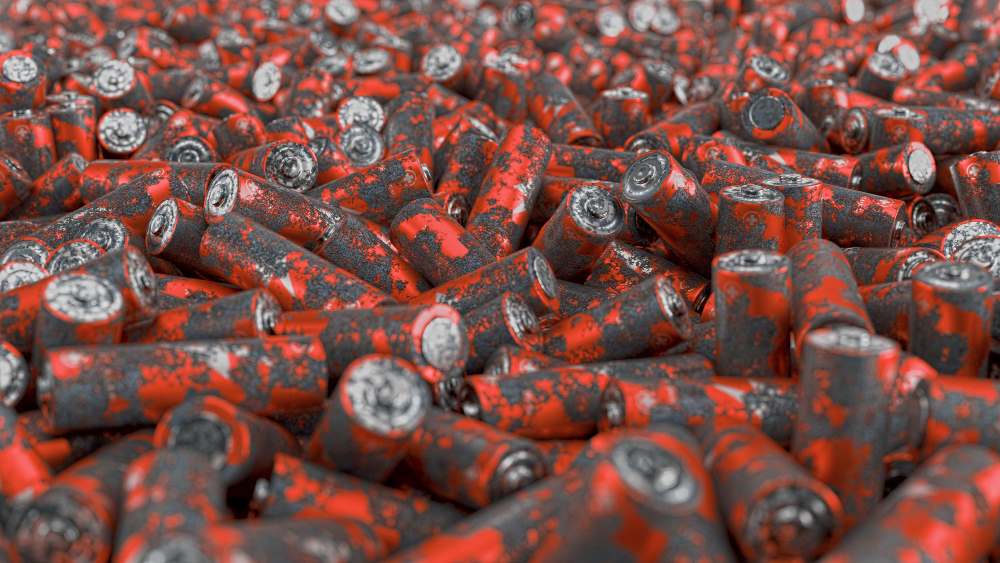India is at a pivotal moment in its quest for sustainable energy solutions. With a strong dedication to preserving the environment and an ambitious target of reaching 500GW of renewable energy capacity by 2030, the country is strategically adopting innovative technologies to drive its clean energy transition. Central to this effort is the incorporation of second-life lithium batteries into the energy infrastructure, offering a host of benefits that contribute significantly to India’s renewable energy goals.
As India ramps up its renewable energy capacity, particularly in solar and wind power, the intermittent nature of these sources presents a hurdle. Second-life lithium batteries offer a transformative solution by providing robust storage for surplus energy generated during peak production periods. They store this excess energy and release it during high-demand periods or when renewable sources are inactive, thereby ensuring a stable and uninterrupted energy supply to the grid.
A significant advantage of second-life lithium batteries lies in their cost-effectiveness. As these batteries have already served their primary purpose in electric vehicles or other applications, acquiring them for energy storage comes at a lower cost compared to new batteries. This cost advantage is pivotal for a country like India, where economic considerations play a crucial role in the large-scale deployment of renewable energy technologies.
Moreover, the environmental sustainability aspect cannot be overstated. India’s focus on reducing carbon emissions aligns seamlessly with the repurposing of second-life lithium batteries. By incorporating these batteries into the energy storage ecosystem, the country can reduce its reliance on fossil fuels, lowering its carbon footprint. Additionally, reusing batteries minimizes the need for raw materials and the energy-intensive manufacturing processes associated with new batteries, contributing to resource conservation and environmental protection.
As India pivots towards electric vehicles (EVs) to combat air pollution and reduce dependence on imported fossil fuels, the demand for lithium batteries is poised to soar. Second-life batteries, although no longer suitable for vehicular use, retain substantial storage capacity. This provides a valuable resource for the EV ecosystem, creating a secondary market for batteries that still have considerable life left for stationary energy storage applications.
The integration of second-life lithium batteries also aligns with the principles of a circular economy. By repurposing and recycling batteries at the end of their lifecycle, India is fostering a model where products and materials are reused, minimizing waste generation and conserving resources. This approach creates economic opportunities in sectors such as battery refurbishment, recycling, and energy storage, contributing to a sustainable and circular economic model.
Furthermore, the use of second-life lithium batteries stimulates technology innovation and research opportunities. By incorporating these batteries into renewable energy projects, India is encouraging advancements in battery management systems, recycling technologies, and energy storage solutions. This approach catalyzes research and development aimed at improving battery performance, longevity, and efficiency, thereby driving progress in India’s clean energy transition.
The Indian government’s ambitious National Framework 2023 for energy storage system promotion underscores its commitment to adopting state-of-the-art technology. Incentives such as Viability Gap Financing (VGF) up to 40% of the capital cost demonstrate a clear dedication to accelerating the adoption of cutting-edge energy storage technologies, including second-life battery storage.
As part of this commitment, the Faster Adoption and Manufacturing of (Hybrid &) Electric Vehicles (FAME) program has been launched to promote electric vehicles and stimulate the growth of the second-life battery market. This comprehensive and dedicated approach positions India to emerge as a global leader in the transition to clean energy, with the potential to significantly reduce greenhouse gas emissions worldwide by recycling lithium-ion batteries and lowering the demand for resource-intensive production.
From cost-effective energy storage solutions to environmental sustainability, support for the electric vehicle ecosystem, and the promotion of a circular economy, these batteries offer a holistic approach to addressing the challenges of renewable energy intermittency. As India pioneers this innovative strategy, it sets an example for the world to follow, paving the way for a cleaner and more sustainable future.




